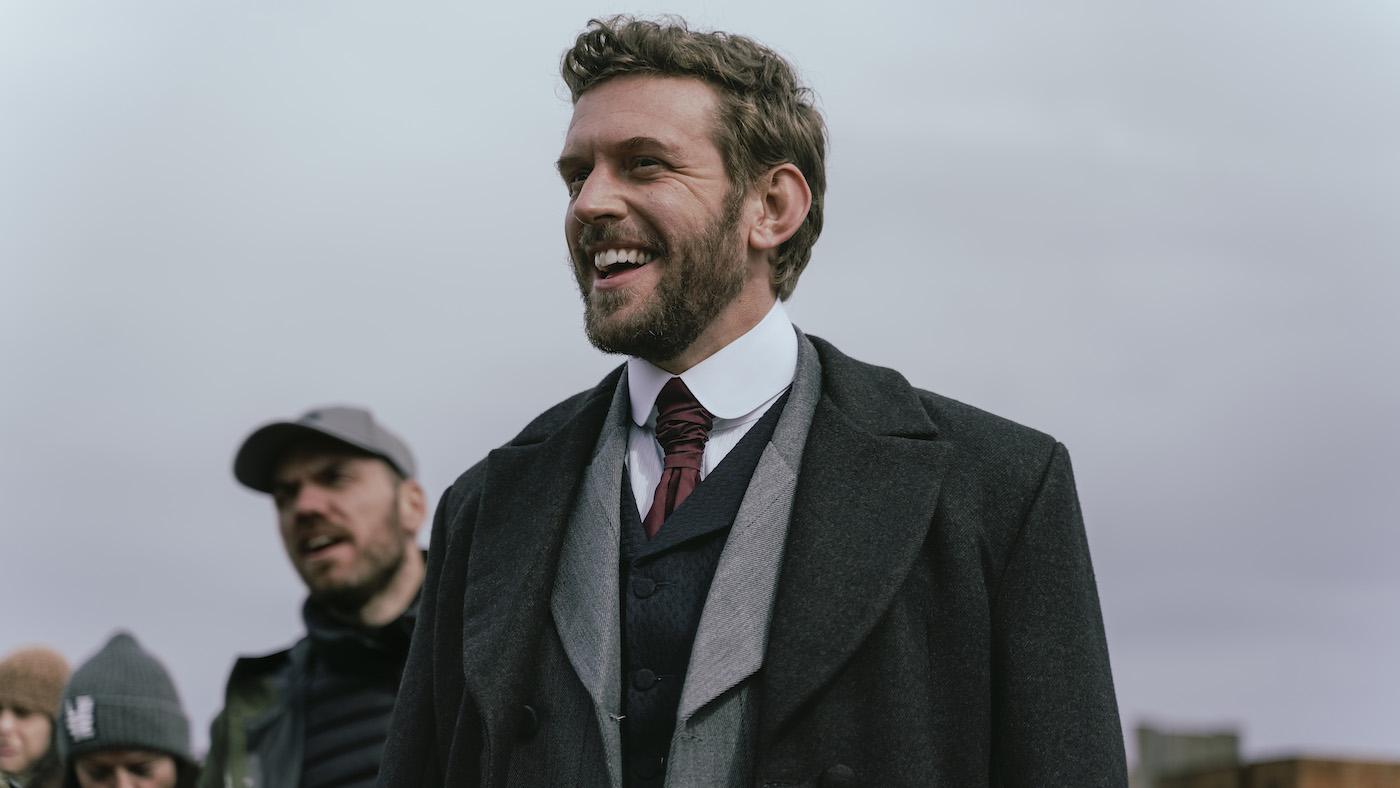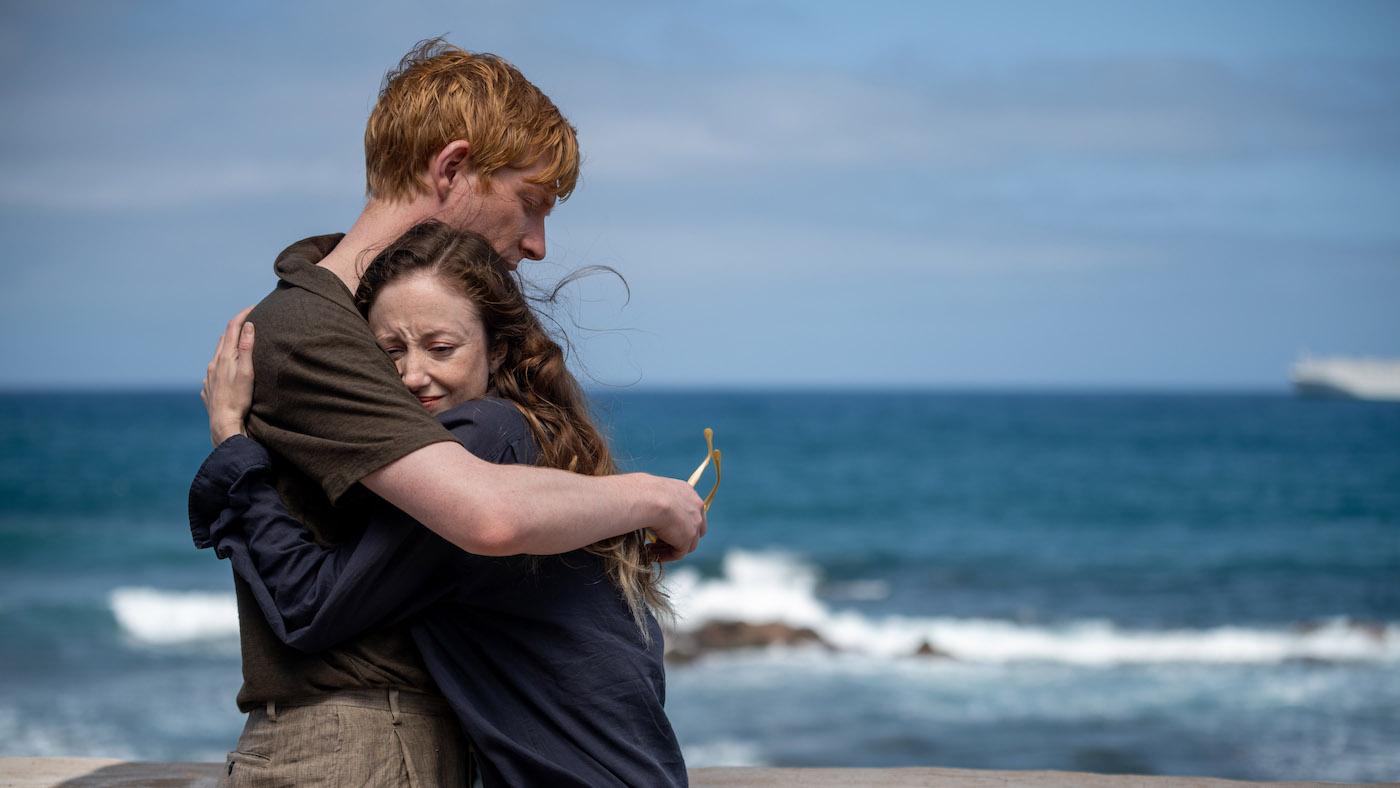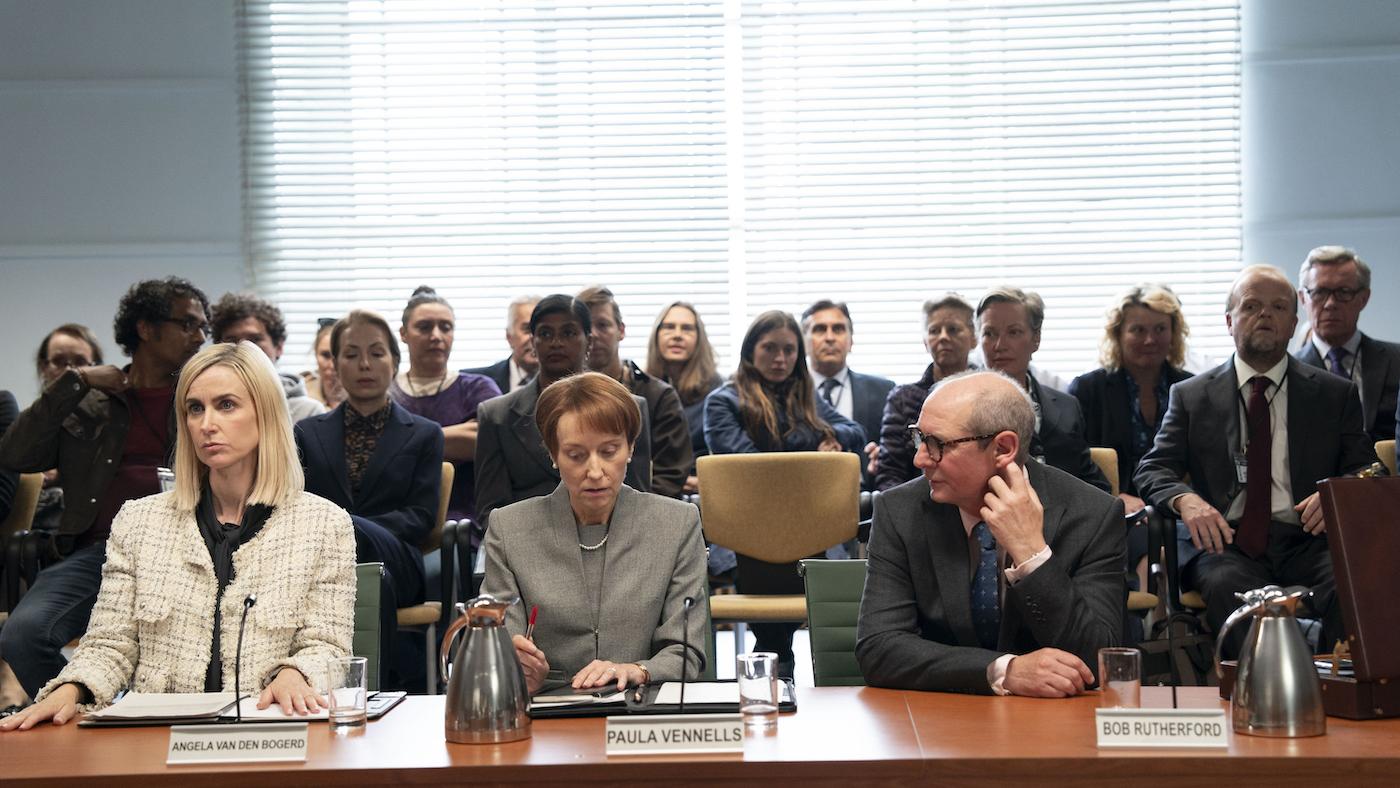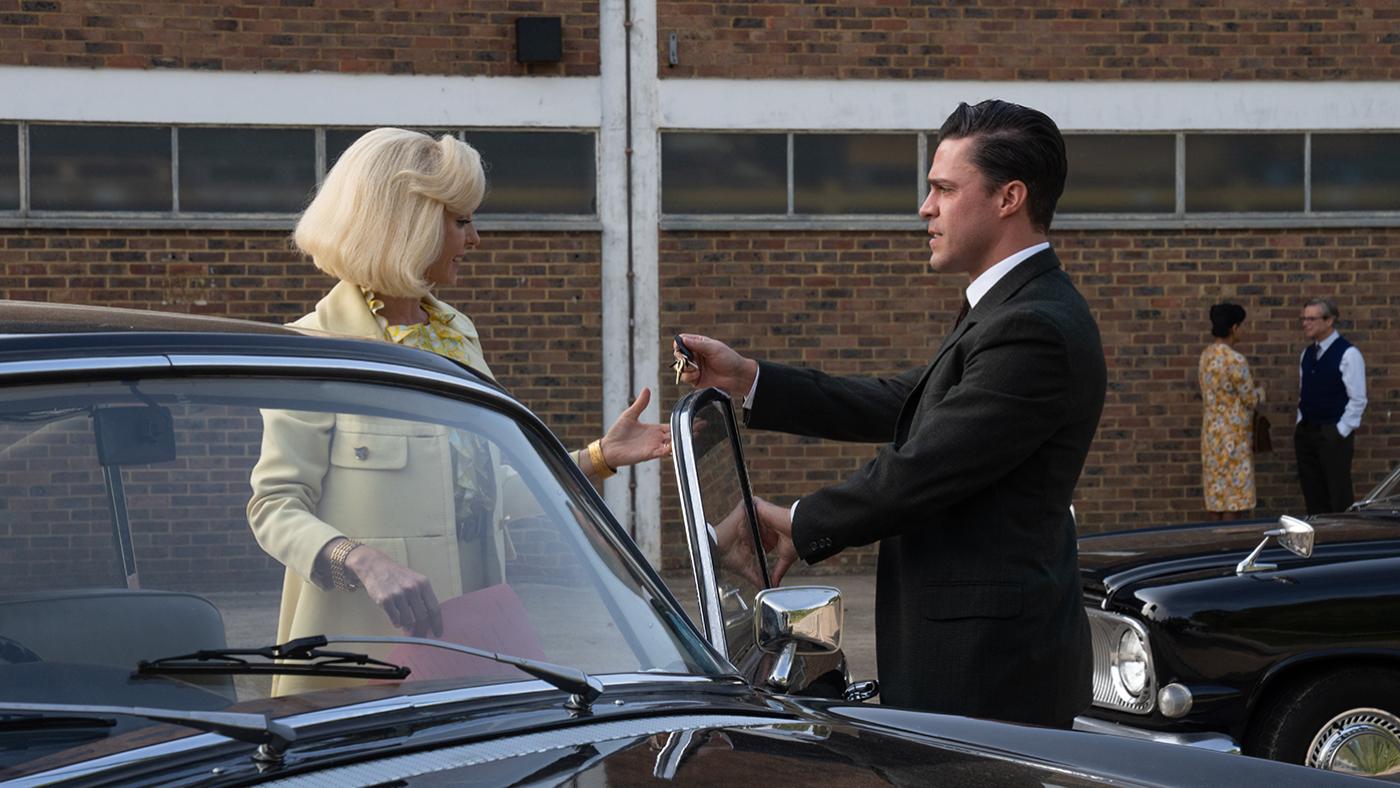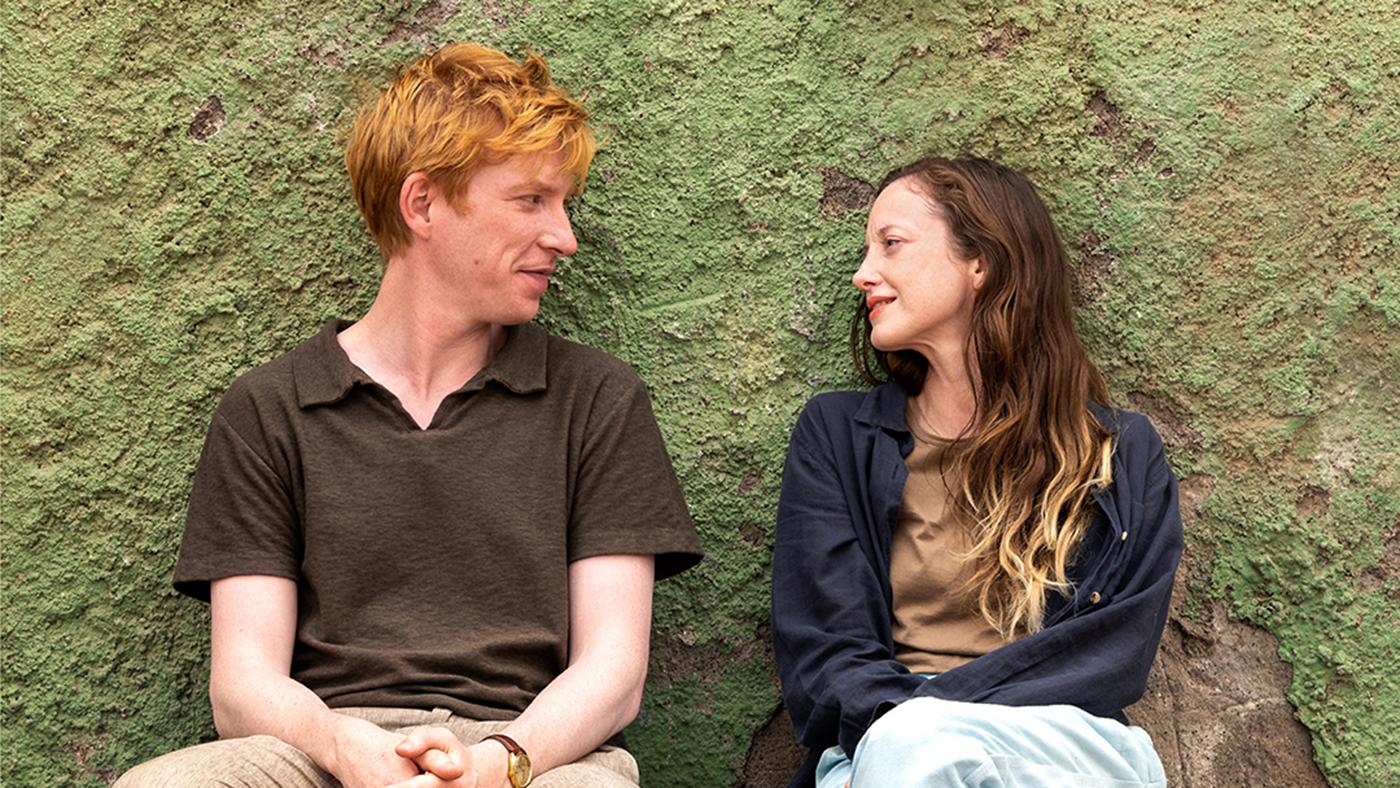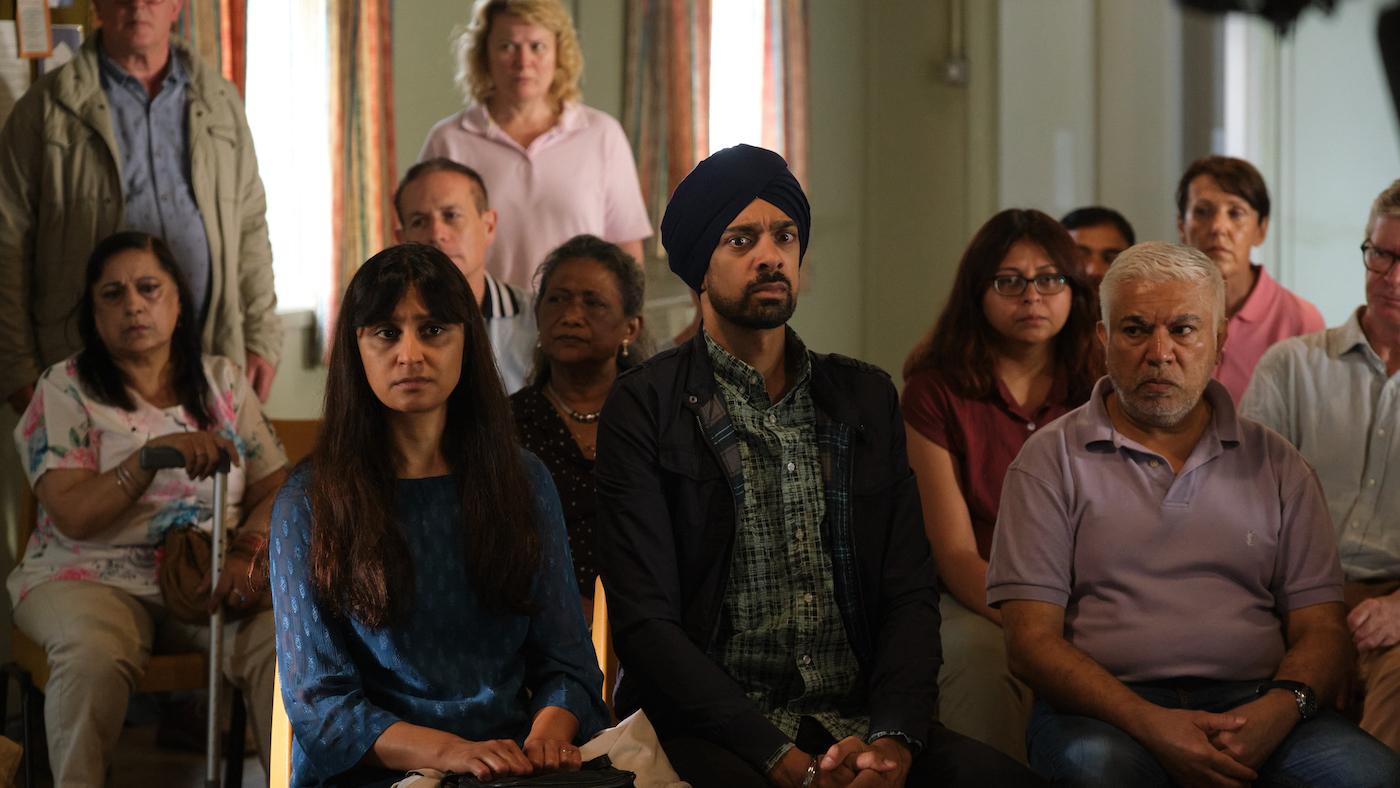'Endeavour' Recap: Season 9 Episode 2
Daniel Hautzinger
June 25, 2023
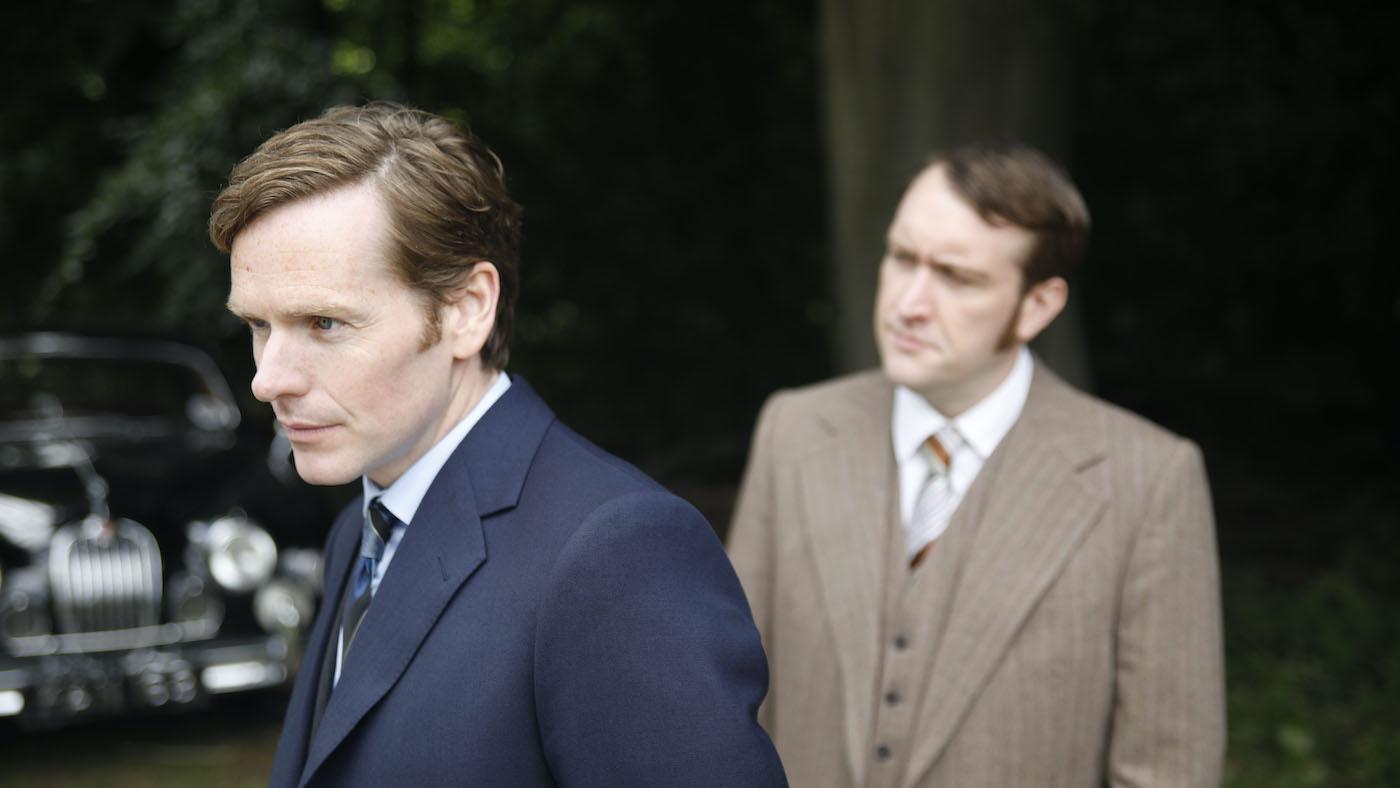
Endeavour airs Sundays at 8:00 pm and is available to stream. Recap the previous and following episodes.
Keep up with your favorite dramas and mysteries by signing up for our newsletter, Dramalogue.
There’s a new detective in town. Jolyon Jolliphant—Jolly for Short, as his television show is called—is played by Kenneth Prior, who’s in Oxford for a play and to film parts of the show. So he’s not actually any help to the real detectives in investigating the death of a vagrant who has been found beaten and stabbed in the neck by a broken bottle.
All they have to go on is the testimony of another vagrant that the man was attacked by a gang dressed in tuxedoes but with faces like devils; they don’t even know the dead man’s identity. His possessions at least reveal that he is an ex-soldier, from Thursday’s old unit.
Another unidentified body is soon found—and it’s a uniformed police officer. He has fallen from a great height at an abandoned factory, a popular hook-up spot. No one recognizes him, although Thursday thinks he looks familiar. A pack of cigarettes and a condom wrapper are found in the factory, and a fancy car is outside.
The car was stolen the other day, during a night of revelry that also included squabbles between gangs of young men. Underneath it is a library book, one of the novels upon which Jolly for Short is based.
The local librarian remembers the man who took the book out, because he borrowed several Jolly novels. His library card names him as David Astin.
But when Morse goes to the address listed for Astin, a novelty shop, he finds that Astin, the shop’s proprietor, is still very much alive. Astin explains that his brother Raymond must have used his library card; Astin himself hasn’t used it in years. Raymond changed his last name to “Swan” when he joined the actors’ union, because there was already another person in the union with the same name, something they don’t allow.
Thursday has finally recalled why the man who feel from the factory looks familiar: he plays a police officer on Jolly for Short, which Wynn and Thursday watch together, and his name is Raymond Swan. The lead actors seem not to have known him very well, but one of them recounts a fracas that occurred during filming the other day: a group of vagrants appeared and started taking food from the catering table.
Coincidentally—or perhaps not—Paul Baynard, the illustrator of the covers of the Jolly books, has been reported missing by his daughter Freya. His body is eventually found by fishermen in a lake. He has injuries consistent with a motorcycle accident, and Freya last saw him ride off on his motorcycle.
Morse has taken a special interest in Baynard because one of his Jolly covers features Blenheim Vale, the boys’ school that Morse and Thursday discovered had a history of pedophilia, covered up by Oxford elites, including their own police commander. (This was back in the season 2 finale.) Morse’s interest in the case, which had its records sealed after Thursday was shot and Morse was falsely arrested, has been raised again by the death of Andrew Lewis, who was looking into the disappearance of his mother, Brenda, who worked for a construction magnate, Joe Landesman, who took part in the pedophilia ring. Landesman escaped prosecution and hasn’t been heard from in years, but Morse has found out that Brenda worked for him as a personal assistant—and that a missing persons case was opened for her and then quickly closed. Given the amount of police corruption surrounding and protecting Blenheim Vale, that could mean a cover-up around her disappearance.
Morse thinks a woman on the Jolly book cover that features Blenheim Vale might be Brenda Lewis. Baynard started using a new model right around when Brenda arrived in the area, and the model’s initials are “BL.” Baynard was also a member of the Downspout club, which counted several people involved with Blenheim Vale amongst its members.
Morse thinks Brenda learned something incriminating about Landesman and told Baynard. She was silenced, and Baynard feared that he would be, too—his daughter says that about ten years ago he started to be afraid of late-night telephone calls or footsteps near their home. But he snuck allusions to what he knew on his book covers.
Morse wants to follow those allusions and excavate Blenheim Vale to see if any bodies are buried there. Thursday is reluctant to dig into the past—especially since he has applied for a promotion recommended by the soon-to-retire Bright that would require a relocation. Morse tells him that their old colleague Ronnie Box, who was hired by Andrew Lewis to look into Brenda’s disappearance, has also recently looked through the membership files at the Downspout, so they go to visit Box to see if he has more information.
Box reveals that he has a photo of Brenda, which confirms that she was Baynard’s model. He also says he has heard rumors that Mickey Flood, the former acquaintance of Thursday who was recently found gruesomely killed in Oxford, is somehow involved with this Blenheim Vale business.
Morse goes ahead and orders an excavation at Blenheim Vale, which quickly triggers alarms high up in the police force. Bright, Thursday, and Strange all descend upon the abandoned school and Morse makes his case. Bright lets him proceed, against the orders of higher-ups—he made a mistake once regarding Blenheim Vale, and it led to disaster for Thursday and Morse. He won’t do so again, and he’s retiring soon anyway.
While Morse waits for news from the excavation, he turns back to the death of the vagrant, who has been identified, thanks to Thursday’s old regiment connections, as Hugh Sellers. Morse realizes that pieces of plastic found near both Sellers’ and Baynard’s body are both part of the same mask. The masks made Sellers’ attackers look like the “devils” the other vagrant saw. Both Sellers and Baynard were killed the night that the car found near Swan’s body was stolen; Swan was killed the next day.
Morse realizes the mask matches those sold at Astin’s shop, and learns from Astin that a posh student recently bought four masks, and then another one just the other day when he returned the costumes he rented, to replace the one that had been cracked and lost by the two bodies. Those costumes were in terrible shape: muddied, torn, bloodied.
A paper in one of the costumes’ pockets leads Morse and Thursday to a group of students known as the Debonairs—four entitled, rude young men who cause trouble. One of them is a member of the family that owns the estate where Baynard’s body was found.
Under questioning, one of them says that they did beat Sellers, but he was alive when they left him. Another admits that they stole the car and hit Baynard on his motorcycle, which didn’t have its light on, and then dumped him in the lake—even though he was still alive, and instead drowned to death. But the one who left the stolen car at the factory says that he saw a TV actor leaving the factory when he arrived. He didn’t kill Swan. It was just a coincidence that he was there at the same time. So who killed Swan and Sellers?
A human skeleton is unearthed at Blenheim Vale, a male. The discovery causes Morse to be late for a drink with Joan, who has invited him out after talking to her brother Sam about whether she truly loves her fiancé, Strange. Morse is further delayed when he is stopped by corrupt policemen, who smash his brake light and punch him before leaving—a clear warning to stop digging into Blenheim Vale.
Morse arrives at the pub where he was to meet Joan after she has already left, disappointed. Instead, he has a drink with the journalist Dorothea Frazil, who has been writing about the stars of Jolly for Short. She casually reveals that Kenneth Prior, like Raymond Swan, changed his name when he joined the actors’ union. His real name is Kenneth Sellers.
Morse puts things together. Hugh Sellers, the dead vagrant, is Kenneth’s brother. Hugh came onto set and took food, then recognized Kenneth, who hadn’t seen him in years. Hugh later tried to get money from Kenneth, and Swan saw them together. Kenneth arranged a meeting to give his estranged brother money, on the condition that he not show up on set—the press would have a field day with the knowledge that Kenneth’s brother was a vagrant. But when Kenneth arrived to meet Hugh, he was already bleeding and beaten—by the Debonairs—and Kenneth decided to finish the job and silence him with a stab in the neck.
Swan tried to blackmail Kenneth the next day, drawing a connection between the death of the vagrant and the vagrant who met with Kenneth. So Kenneth asked to meet Swan at the factory, where he pushed him off a high floor.
Those cases solved, attention turns back to Blenheim Vale, where another body has been unearthed. This time it’s a woman, shot in the back of the head like the man, who has now been identified as Joe Landesman.
Bright insists on uncovering the truth, no matter the cost and despite remaining corruption in the police force. Morse urges Thursday to take Strange off the case in order to protect him, and by extension, Joan.
Box calls Thursday from an airport, where he’s about to leave for South Africa, to tell him to drop the case. Box has barely escaped an encounter with people who wanted to prevent him from looking further into Brenda’s disappearance. Morse and Thursday will be killed if they keep pursuing this, Box warns.
A knock comes at Morse’s door in the night. He opens it and finds a familiar face—a friendly one. It’s his old colleague Peter Jakes, who was one of the boys abused at Blenheim Vale.

